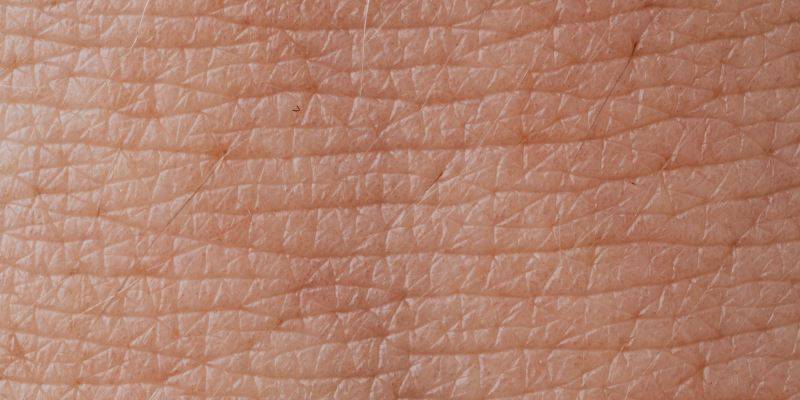
Dr Paul Shire shared his presentation “Basic Dermoscopy for non-specialist GPs – how to diagnose skin cancers and other common skin lesions” with the group.
Below is a summary of the key learning points:
- Two thirds of Australians will get skin cancer in their lifetime!
- Tips for Dermoscopy :
- Use alcohol gel /ultrasound gel/alcohol wipe on the lesion before Dermoscopy- enhances light penetration into the dermis
- Use polarised and non-polarised light options
- Consider buying own smartphone mount so you don’t have to keep adjusting the mount (can be a bit tricky and time-consuming with the generic mount provided)
- Dermoscopy – What you see:
COLOURS:
- Melanin looks different depending on where it sits in the skin. Closer to the surface it looks black. In the dermis it can look blue in colour.
- Can aid diagnosis if we know what the colours represent.
PIGMENT IN STRUCTURES WITHIN LESIONS:
Can give clues to whether it is a benign or malignant lesion:
- Reticular pigment network
- Dots
- Globules
- Lines
- Pseudopods
OTHER FEATURES:
- Blood vessels – arborising vessels seen in BCCs
- Crust from keratin
- Pores and comedones
- Structureless areas
3 Point Checklist
Can help non-experts to identify melanoma or BCC in around 80-90% of cases by simplifying observations to 3 areas
- Asymmetry
- Atypical pigment network
- Blue/white structure (signifies melanin deep in lesion – can be sign of melanoma)
2-3 of above features – lesion needs biopsy. In some instances even one of these features alone may be concerning.
Acceptable to have varying shades of brown within a lesion – not necessarily a sign of malignancy.
Advantages of 3 point checklist: simple and easy to remember
Disadvantages of 3 point checklist: Not applicable to non-pigmented lesions, does not account for other features.
Other advanced Dermoscopy courses teach 7 point checklist and “chaos and clues model”.
Dermoscopy of least benefit in diagnosing SCC
Features on dermoscopy of skin lesions
Melanoma
- Blue white veil
- Peripheral dots – dots on edge can be a sign of lesion growing – more concerning than if it is central
- Structureless areas
- Scar-like depigmentation
- Irregular structure
- Multiple colours
- Radial streaming (like fingers)
- Pseudopods
BCC
- Arborising vessels that will cross midline
Solar Lentigo
- Freckles
- Pigment homogeneous usually light brown
- Moth -eaten border on background of sun damaged skin
Dermatofibroma
- Central white area with surrounding pigment network
Sebaceous hyperplasia
- Nodular lesions on forehead, cheek and nose
- Raised macroscopically
- Can be confused with BCC
- On dermoscopy see yellow/white globules with vessels – key feature is that vessels do not cross midline in sebaceous hyperplasia whereas in BCC they will
Seborrhoeic keratosis
- Milia – yellow clods in polarised light or bright reflective in non-polarised light
- Comedones
- Fissures and ridges
- Curved brown lines
Benign Naevi
Beware of the ugly duckling! Naevi can be different colours
- Organised, symmetrical and uniform structure
- Combination of raised and flat area
- Regular pigment network
- Can see globules
- Network
- Cobblestone or
- Homogeneous pigment
Haemangioma
- Red/purple /black colours
- Uniform shape
- Often look like bunch of grapes
Actinic keratosis
- Keratin crust with surrounding erythema
Please be aware that information in the field of medicine changes all the time, so we cannot guarantee the accuracy of this data when you read it, it is here for General Practitioners to learn.

You must be logged in to post a comment.